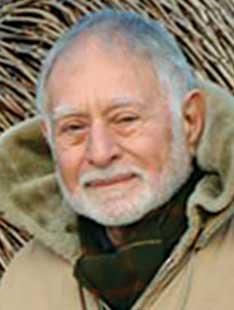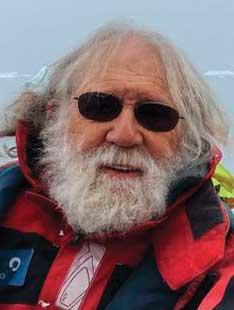In Memoriam: Robert Mark, Charles Gordon Gross

Professor emeritus of civil engineering and architecture ROBERT MARK died March 29 in New York City. He was 88. Mark joined the faculty in 1968 and retired in 1996. He founded the Program in Architecture and Engineering, and served as its chair from 1981 to 1990. He also joined with Professor David Billington ’50 to found and direct the Program in Humanistic Studies in Engineering.
Mark’s research influenced the discipline of architectural history and the field of building conservation, and he pioneered the application of modern engineering modeling to the study of medieval and ancient buildings. Among his published works is a 1984 Scientific American analysis that he co-authored of the cathedral of Notre-Dame and its architectural influence (http://bit.ly/gothic-structure).

CHARLES GORDON GROSS, professor emeritus of psychology and the Princeton Neuroscience Institute, died April 13 in Oakland, Calif. He was 83. Gross joined the faculty in 1970 and retired in 2013. His work was foundational to the field of cognitive neuroscience — he revolutionized the understanding of sensory processing and pattern recognition with his studies of the primate visual system. He discovered brain cells that are especially sensitive to perceiving faces and hands, leading to a new field of research. In 2009 Gross married Joyce Carol Oates, who taught creative writing at Princeton until 2014.











1 Response
Jonathan Friedes ’83
6 Years AgoRecalling Robert Mark
I was saddened to read about the recent death of Professor Robert Mark (On the Campus, May 15). I have thought a lot about him in the wake of the recent fire at Notre Dame. Surely he would have grieved the terrible destruction there, and yet I suspect that a part of him would have been excited by the opportunity that this will provide to investigate some of the questions surrounding its construction and reconstruction throughout the centuries. Even though I was a biology major who went on to med school, his course in structure and Gothic architecture remains one of my favorite memories of Princeton. When I later made it to France, my experience of Chartres, Notre Dame, and the Sainte-Chapelle was greatly enriched by what I had learned from Professor Mark.